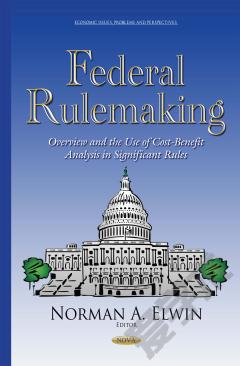Federal User Fees: Design, Collection, Use and Evaluation Considerations
The federal government will need to make the most of its resources to meet the emerging challenges of the 21st century. As new priorities emerge, policymakers have demonstrated interest in user fees as a means of financing new and existing services. User fees can be designed to reduce the burden on taxpayers to finance the portions of activities that provide benefits to identifiable users above and beyond what is normally provided to the public. By charging the costs of those programs or activities to beneficiaries, user fees can also promote economic efficiency and equity. However, to achieve these goals, user fees must be well designed. This book examines how the four key design and implementation characteristics of user fees—how fees are set, collected, used, and reviewed—may affect the economic efficiency, equity, revenue adequacy, and administrative burden of cost-based fees.
{{comment.content}}








 京公网安备 11010802027623号
京公网安备 11010802027623号